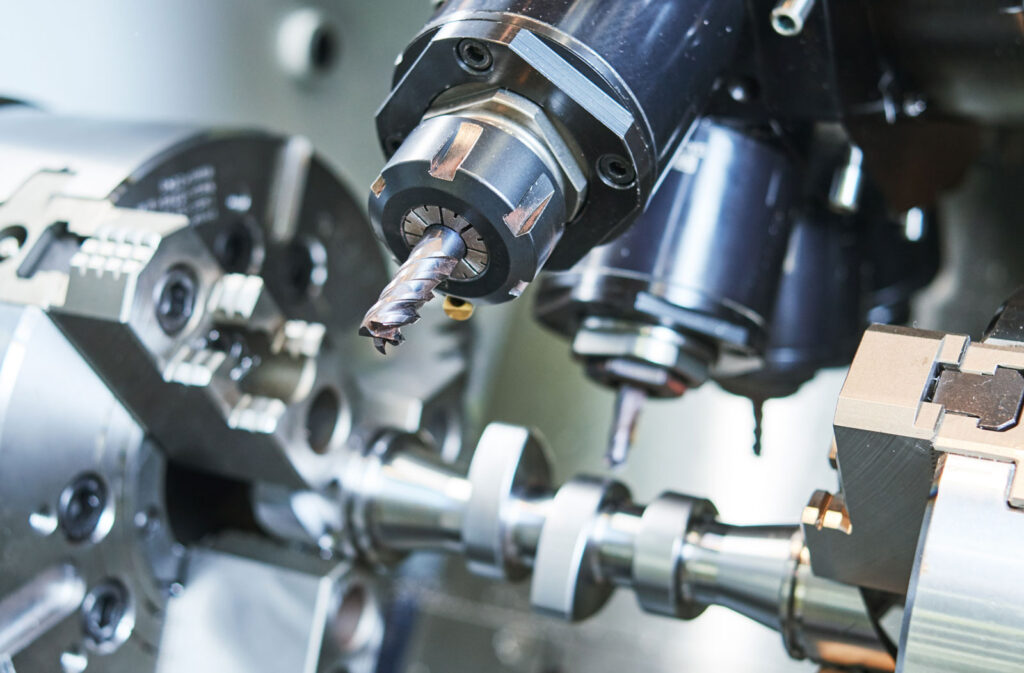
Precision machinery is at the heart of many industries, from advanced automotive engineering to intricate medical applications. Ensuring these machines operate efficiently and reliably requires more than just excellent engineering; it demands well-thought-out protective solutions. Designing protective systems for these high-value assets not only extends their operational life but also enhances their performance in challenging environments.
Below, we’ll explore strategies for developing protective solutions to safeguard precision machines, with insights into commonly used materials, design principles, and industry applications.
Why Precision Machines Require Protection
Precision machines are built for accuracy, efficiency, and performance. However, without adequate protection, these sophisticated systems are vulnerable to wear and damage from:
- Temperature Extremes: Precision machines often operate in environments with fluctuating temperatures, which can affect their components’ integrity.
- Chemical Exposure: Machines used in medical or industrial applications may face exposure to corrosive chemicals.
- Dust and Debris: Tiny particles can infiltrate the machinery, causing wear and reducing efficiency.
- Moisture: Humidity and direct water contact can lead to rust, corrosion, and functional degradation.
For these reasons, designing durable protective systems is key to prolonging the life and reliability of precision machinery.
Key Design Principles for Protective Solutions
1. Material Selection
Choosing the right material is foundational to designing effective protective solutions. Materials used must match the operating conditions of the precision machine. Here are a few options:
- Polymer Coatings: Widely used for their heat and corrosion resistance, polymers like silicone or PTFE provide protective insulation without adding significant weight.
- Metal Alloys: Stainless steel and aluminum alloys are highly durable and resistant to both corrosion and mechanical wear.
- Composites: Advanced composites combine materials like carbon fiber and polymer resins for robust yet lightweight protection, ideal for more dynamic applications like robotics.
For instance, medical tubing often employs advanced polymers to resist chemical exposure and ensure sterility, providing a model for protective material selection in sensitive environments like healthcare settings.
2. Modular Designs
A modular design allows for easier installation, replacement, and upgrading of protective components. By creating interchangeable parts, engineers can improve maintenance efficiency and reduce downtime. Additionally, modularity promotes customization, a critical feature for industries that rely on unique machine structures, such as biomedical engineering or aerospace manufacturing.
3. Precision Fits
Any protective solution must accommodate the exact specifications of the machinery it’s guarding. Designing for a precise fit ensures maximum effectiveness by preventing particle ingress, minimizing vibration, and improving overall performance. Computer-aided design (CAD) software is an invaluable tool for engineers working on custom protective solutions.
4. Thermal Insulation and Heat Dissipation
Effective protective designs must include strategies for controlling temperature. Options include:
- Thermal Shields: Designed to block external heat sources, shields help maintain stable operating temperatures.
- Vented Designs: Ensure adequate airflow for cooling, especially critical for machines with electrical or mechanical components prone to overheating.
Real-World Applications
1. Medical Devices
The healthcare sector demands exceptional machine precision and reliability. Applications such as surgical robots, diagnostic equipment, and ventilators are sensitive to contamination, moisture, and environmental stresses. Protective seals, advanced coatings, and enclosed housings are commonly used in these machines.
Medical tubing offers a case in point. These critical components use durable, bio-compatible materials to meet the demands of high-performance healthcare environments.
2. Semiconductor Manufacturing Equipment
Semiconductor machinery operates in cleanrooms where dust and contaminants can disrupt production. Protective enclosures with filters and anti-static materials ensure operational efficiency, enabling the production of high-quality microchips.
3. Automotive & Aerospace Industries
High-performance vehicles and aircraft use precision machines for assembly and operations. Protective materials in these contexts must withstand extreme temperatures and mechanical stresses, often using advanced composites for lightweight durability.
Final Thoughts on Protective Solutions for Precision Machines
Investing in protective engineering for precision machines goes beyond extending their life span. It’s about optimizing their performance, ensuring reliability across diverse applications, and adapting to evolving environmental challenges. Industry professionals and design engineers must prioritize material selection, modularity, precision, and thermal strategies to achieve robust solutions that meet their machinery’s needs.











